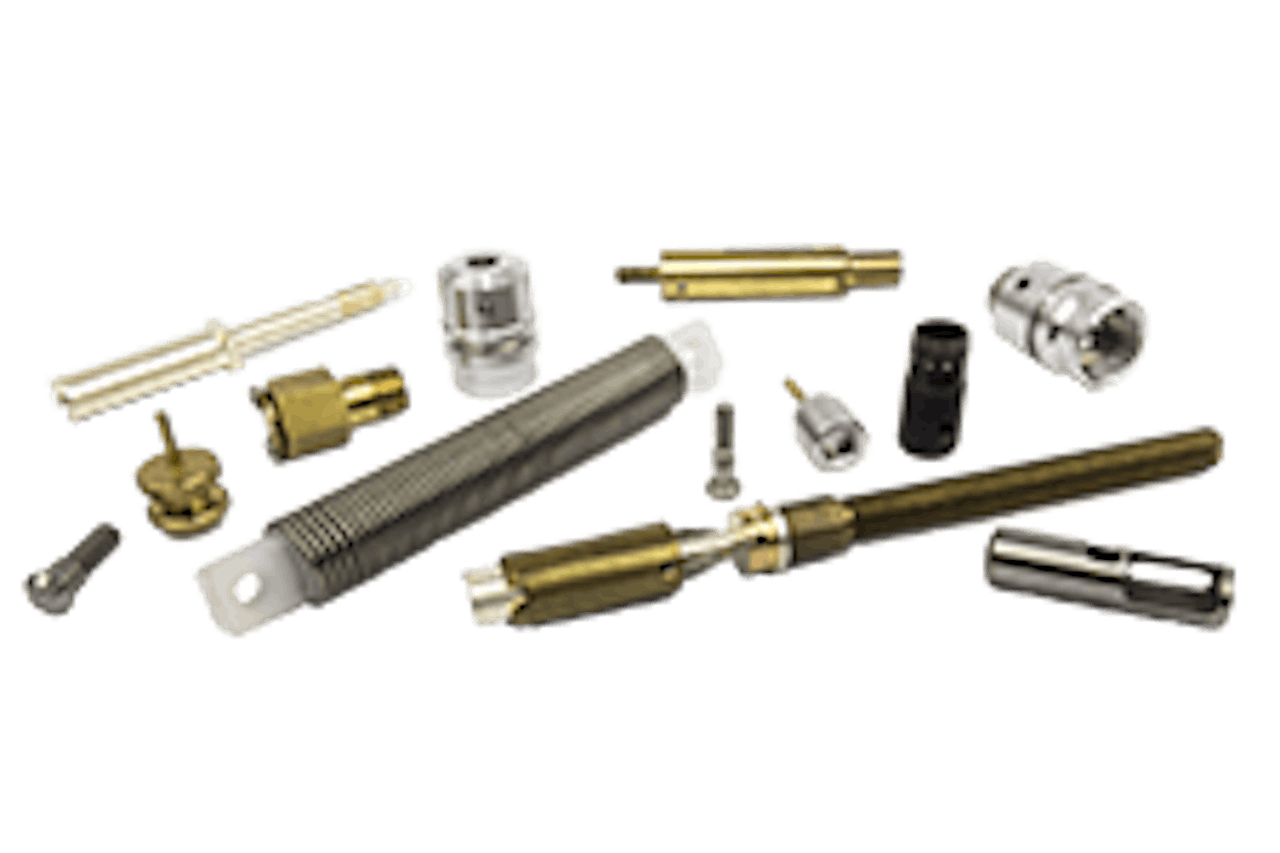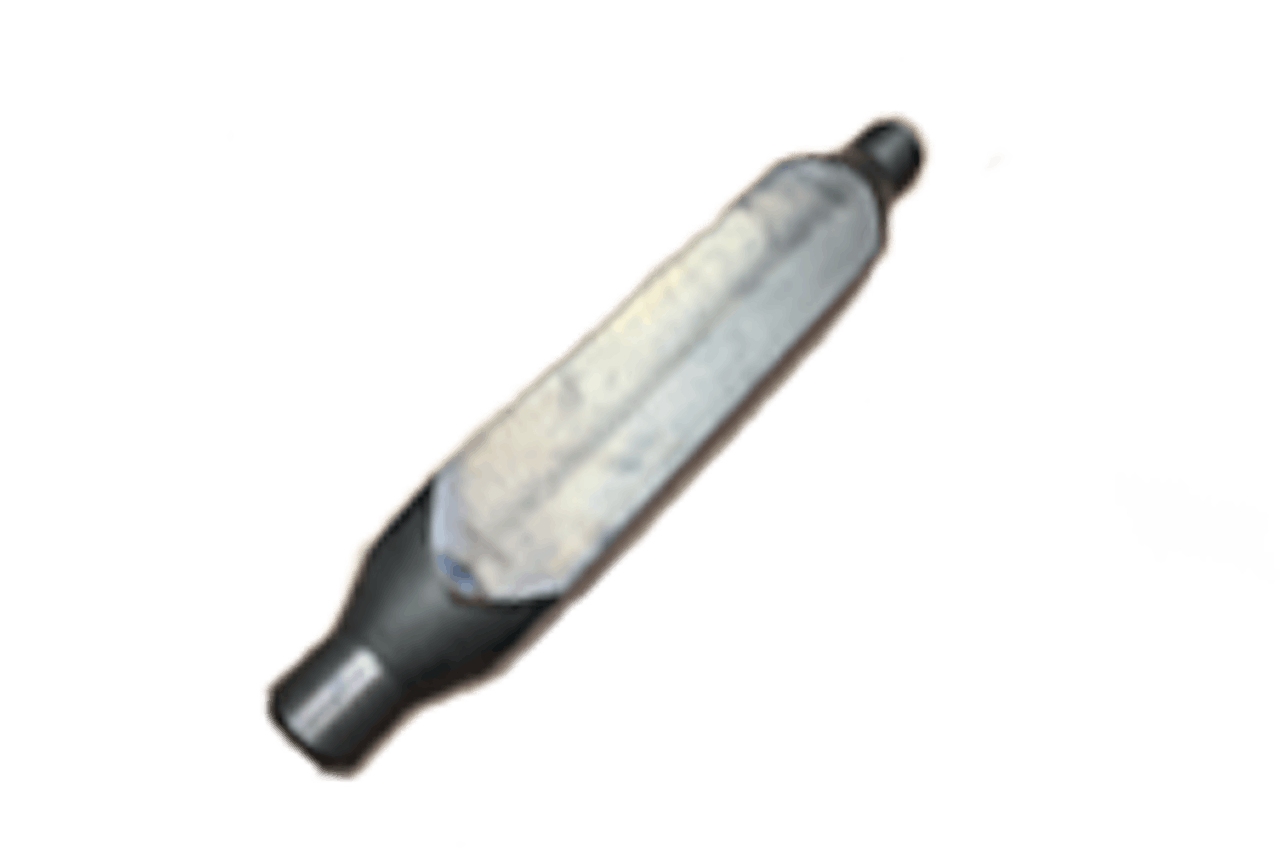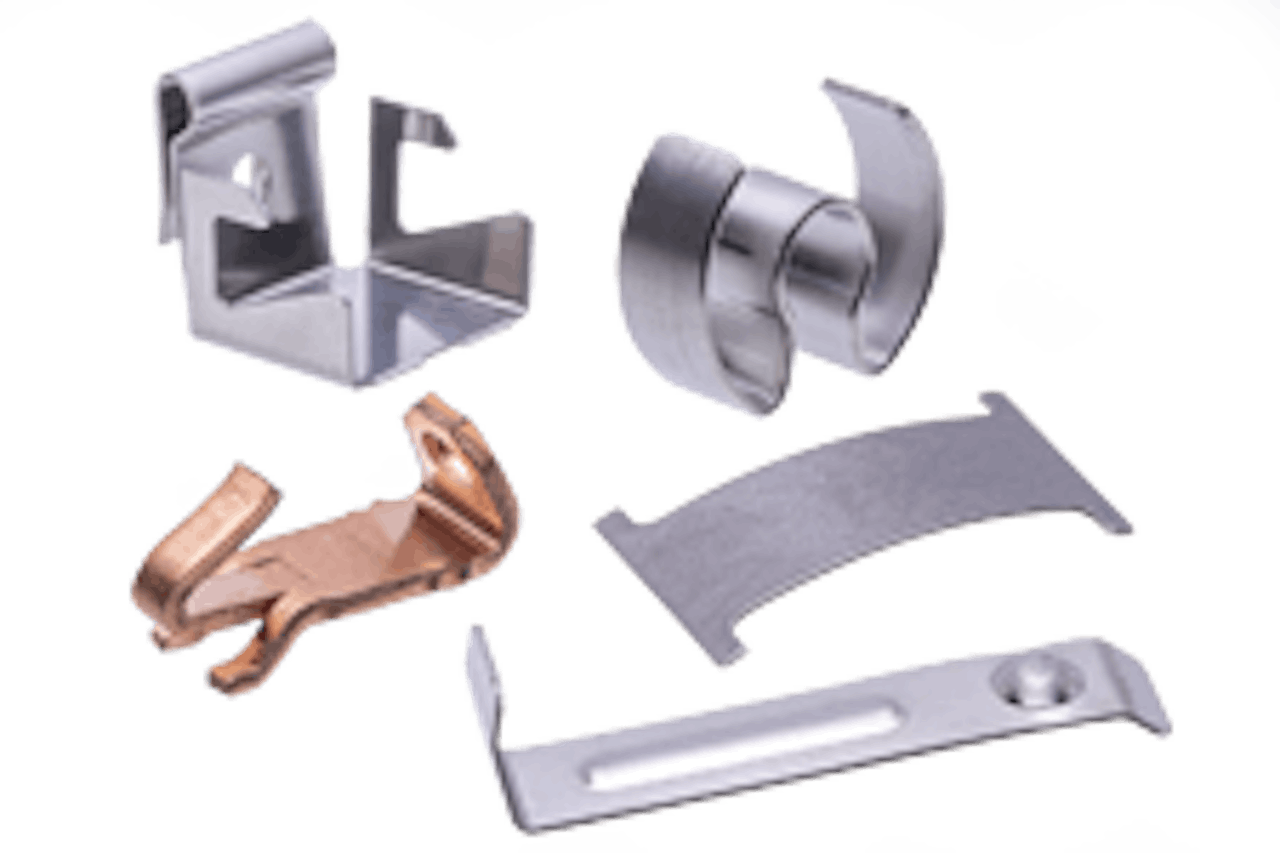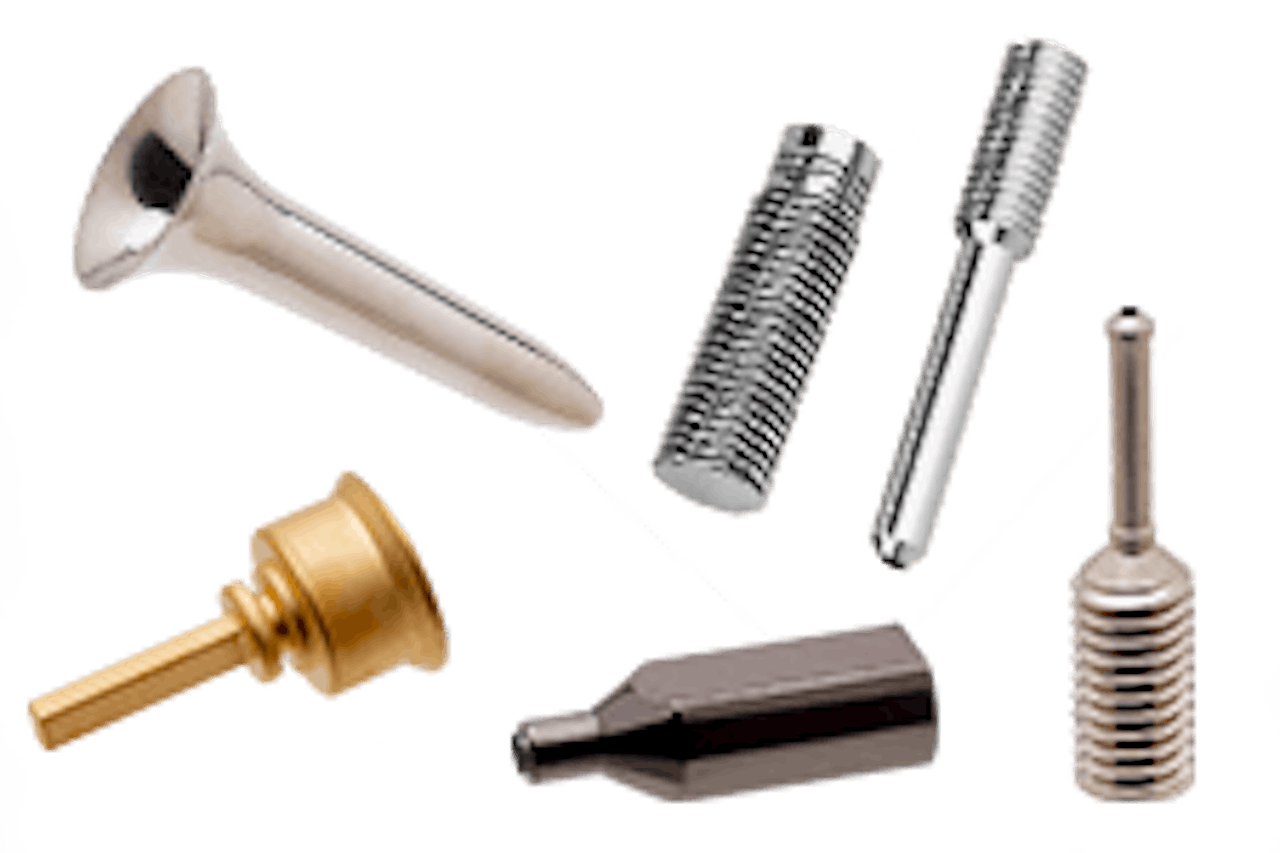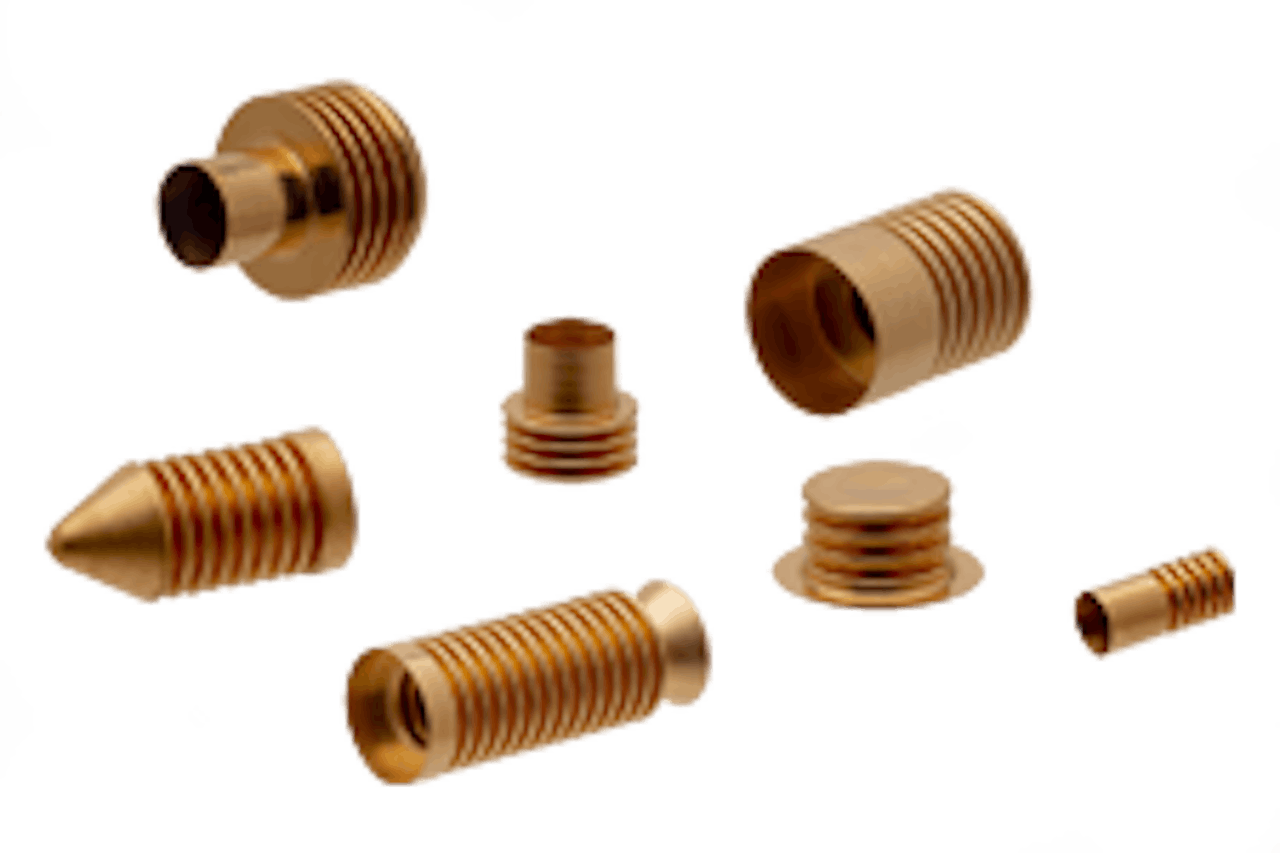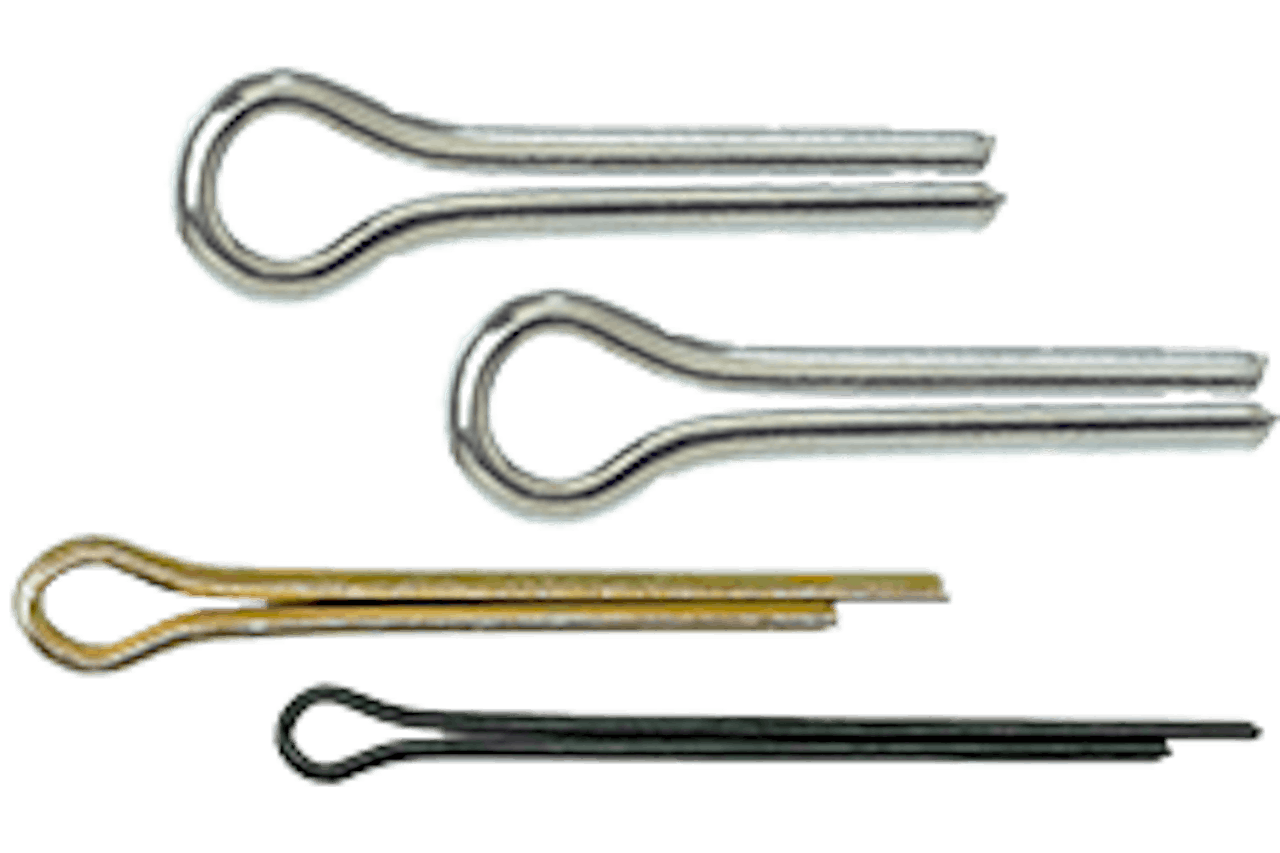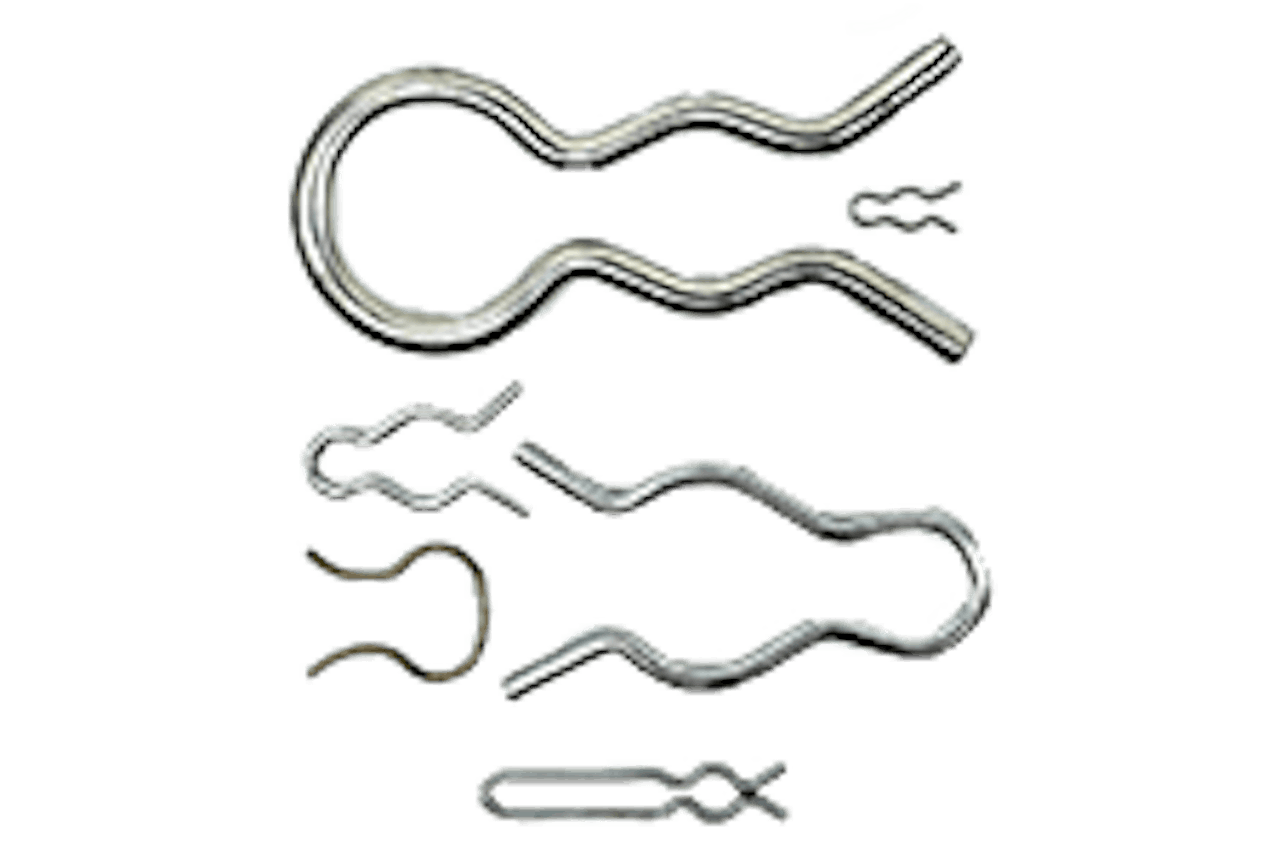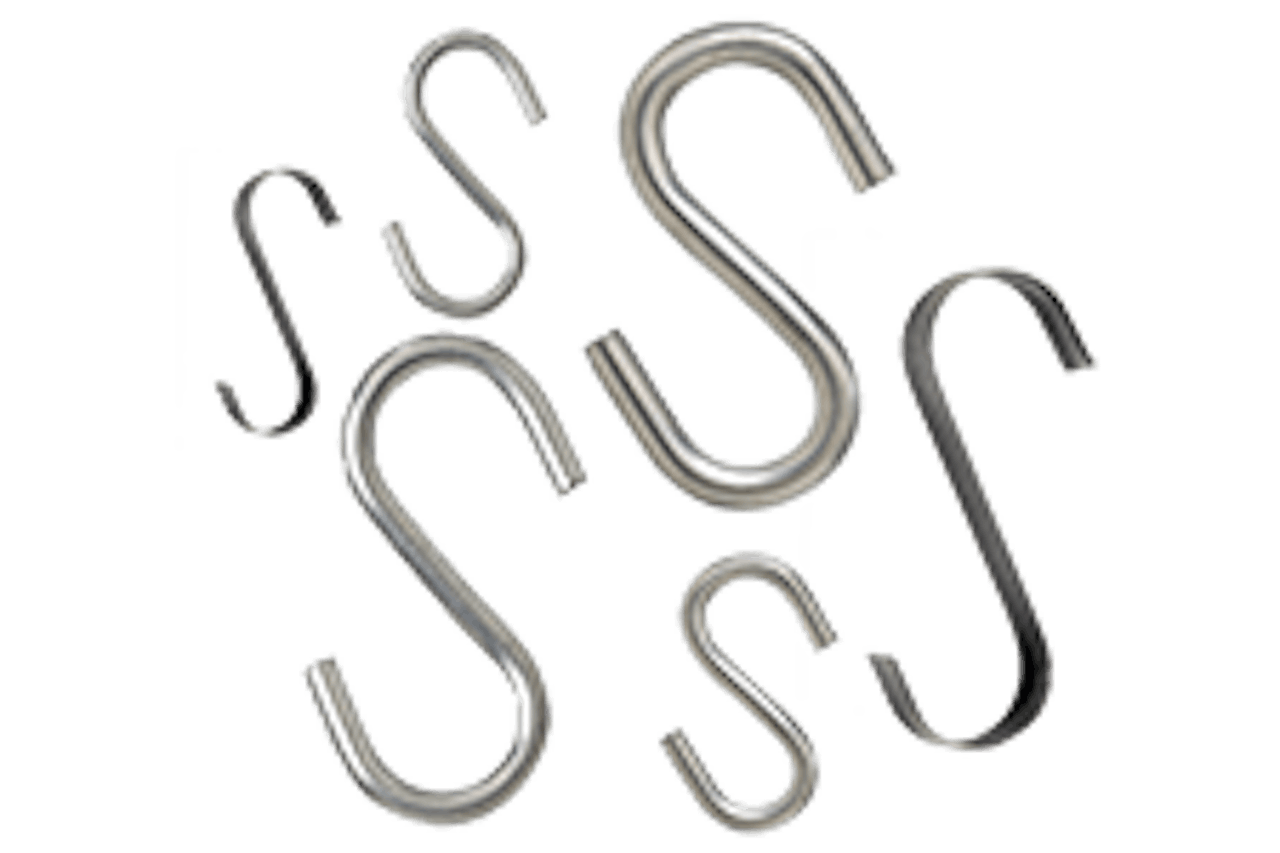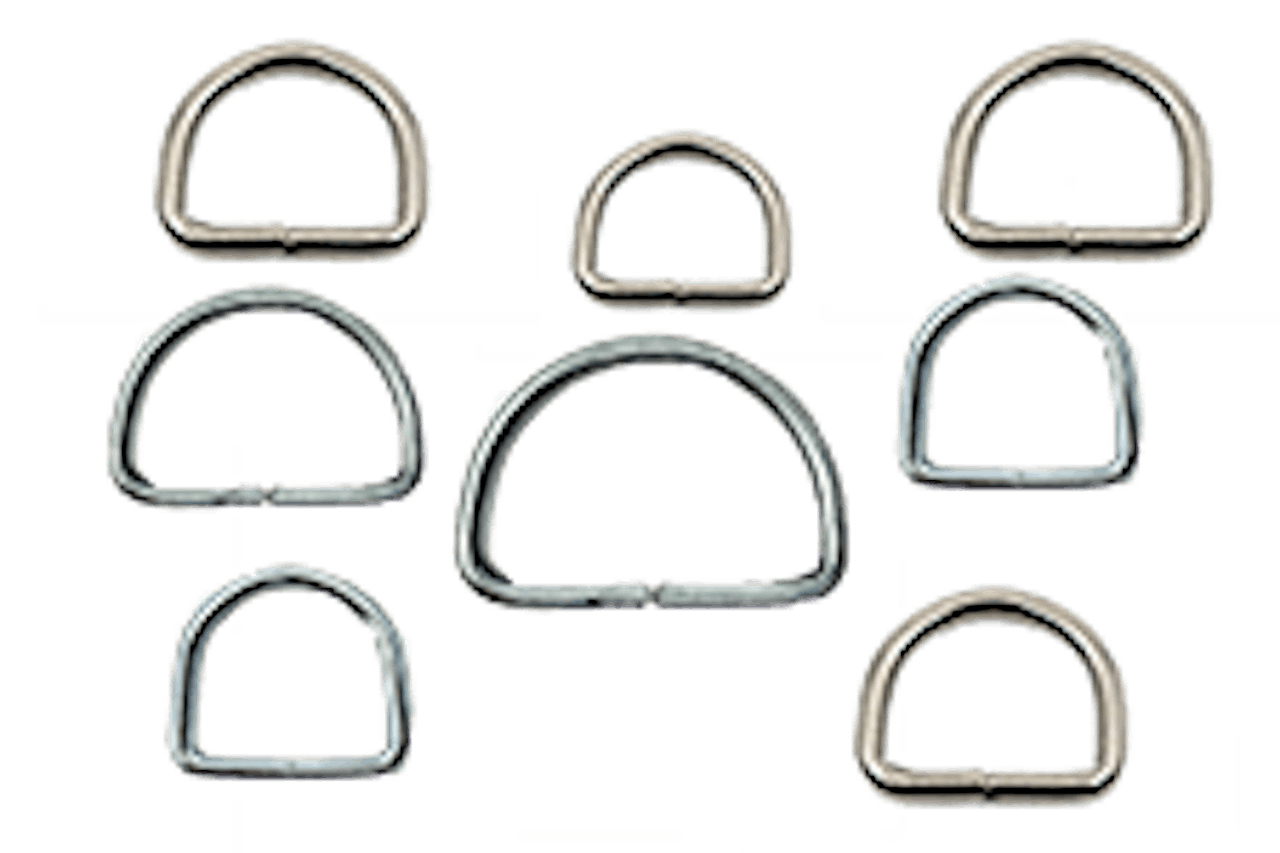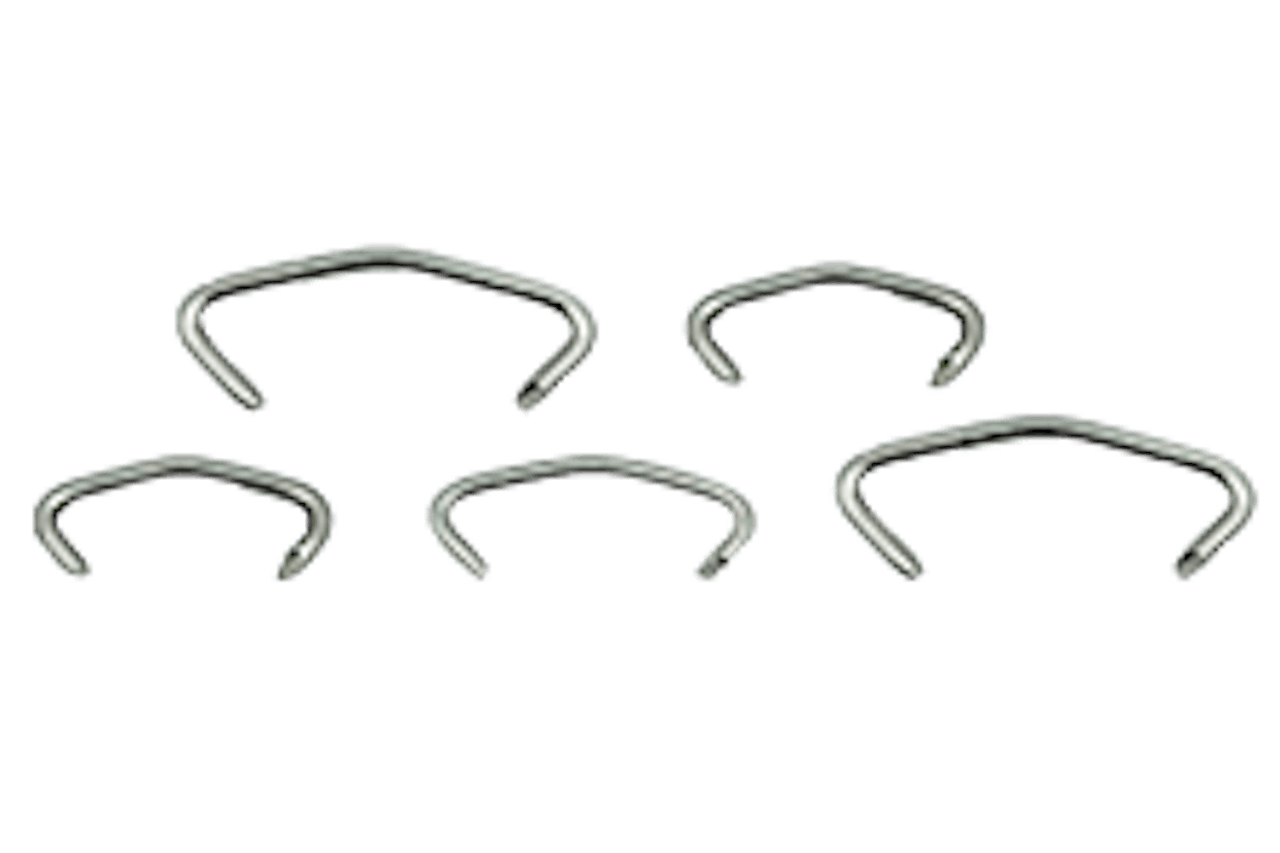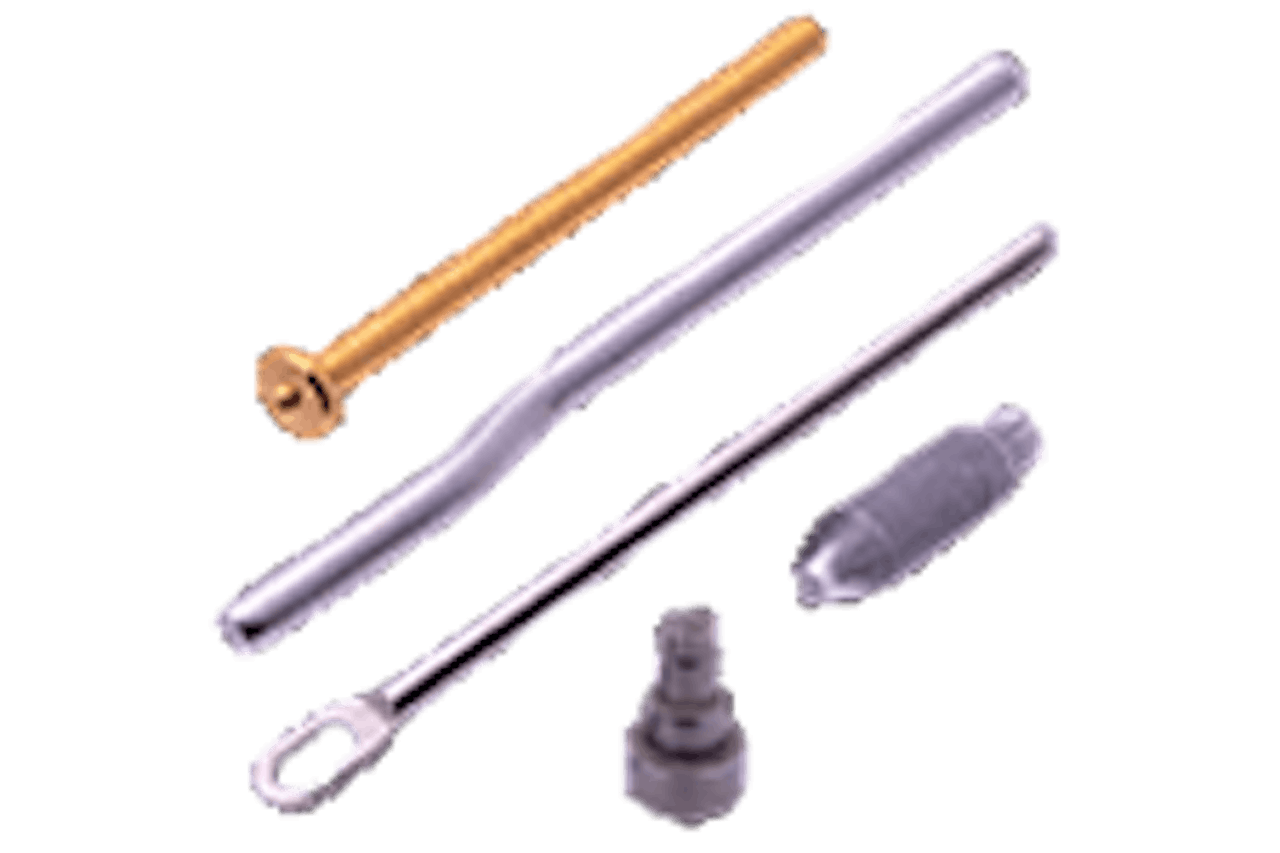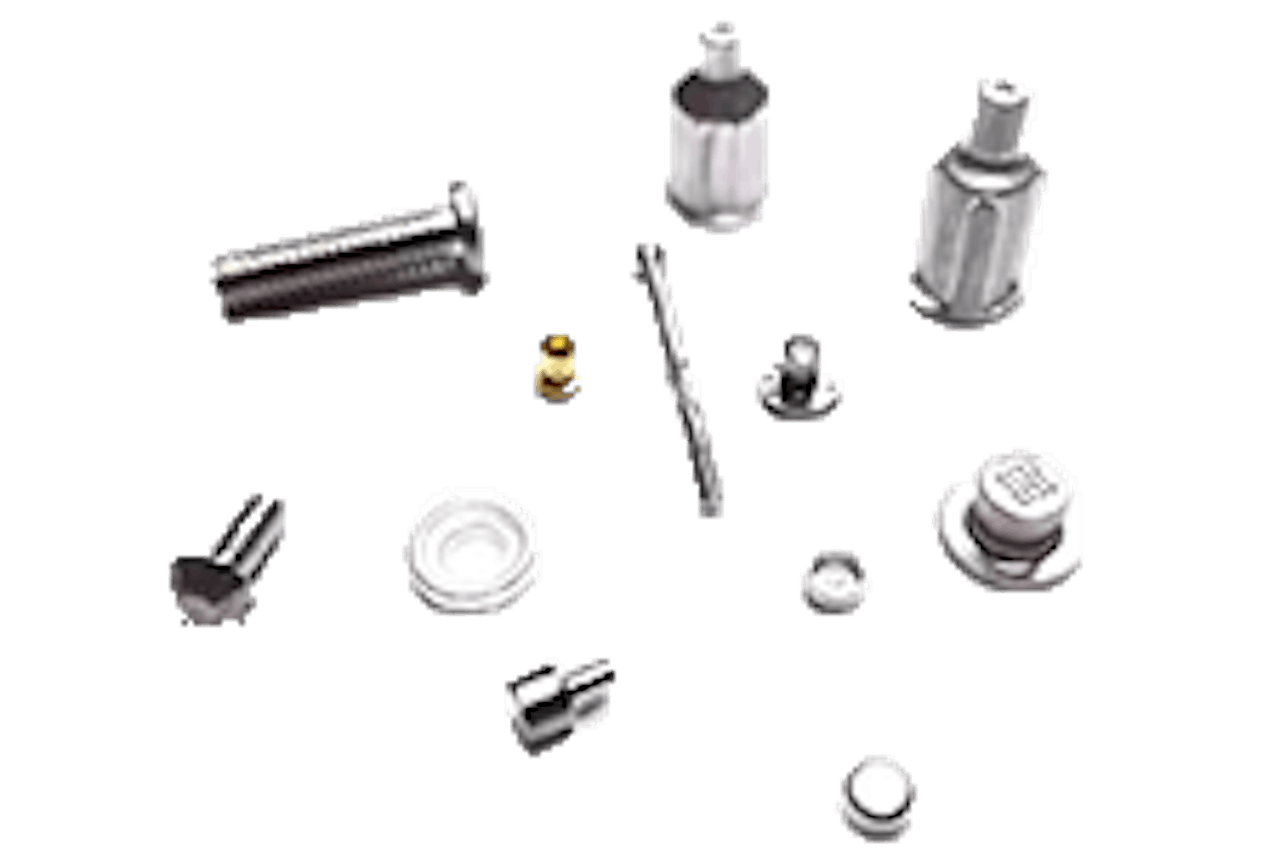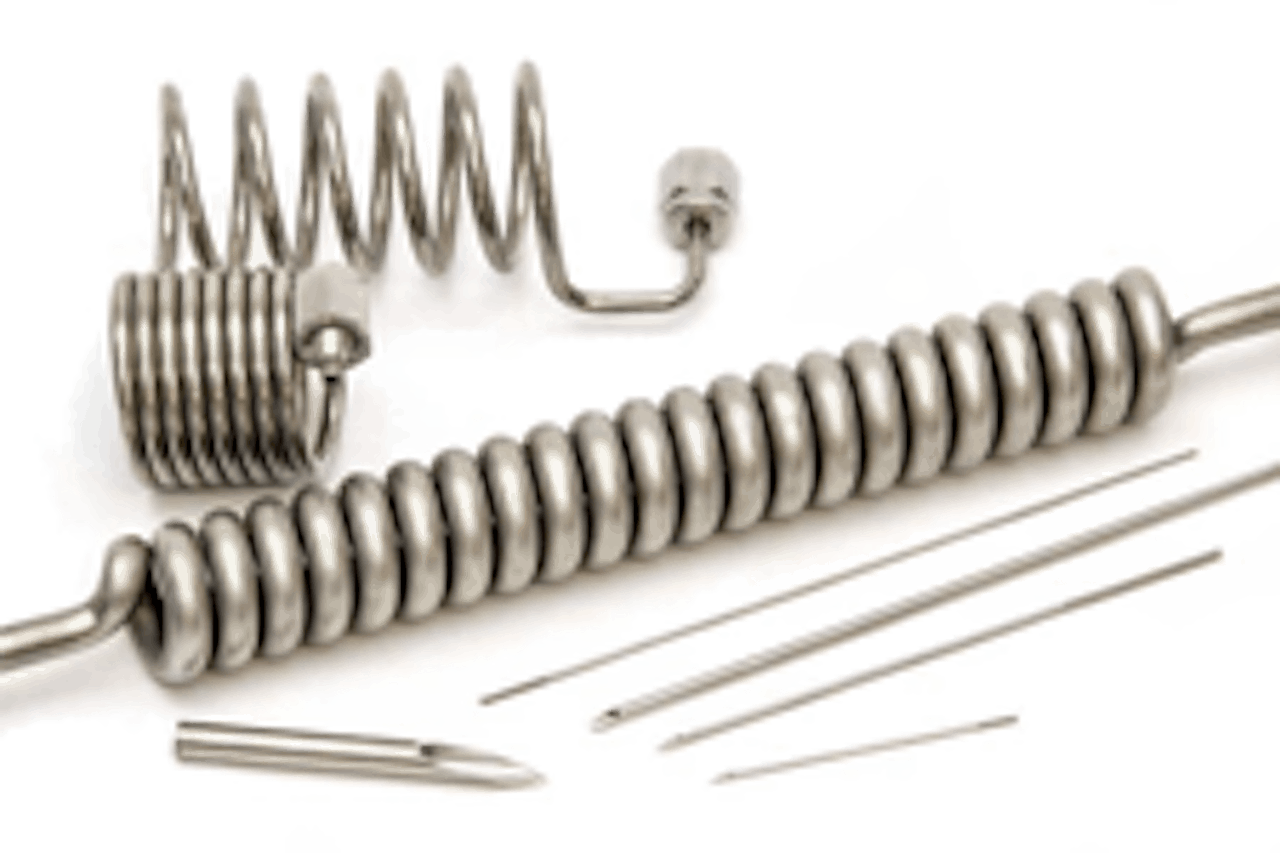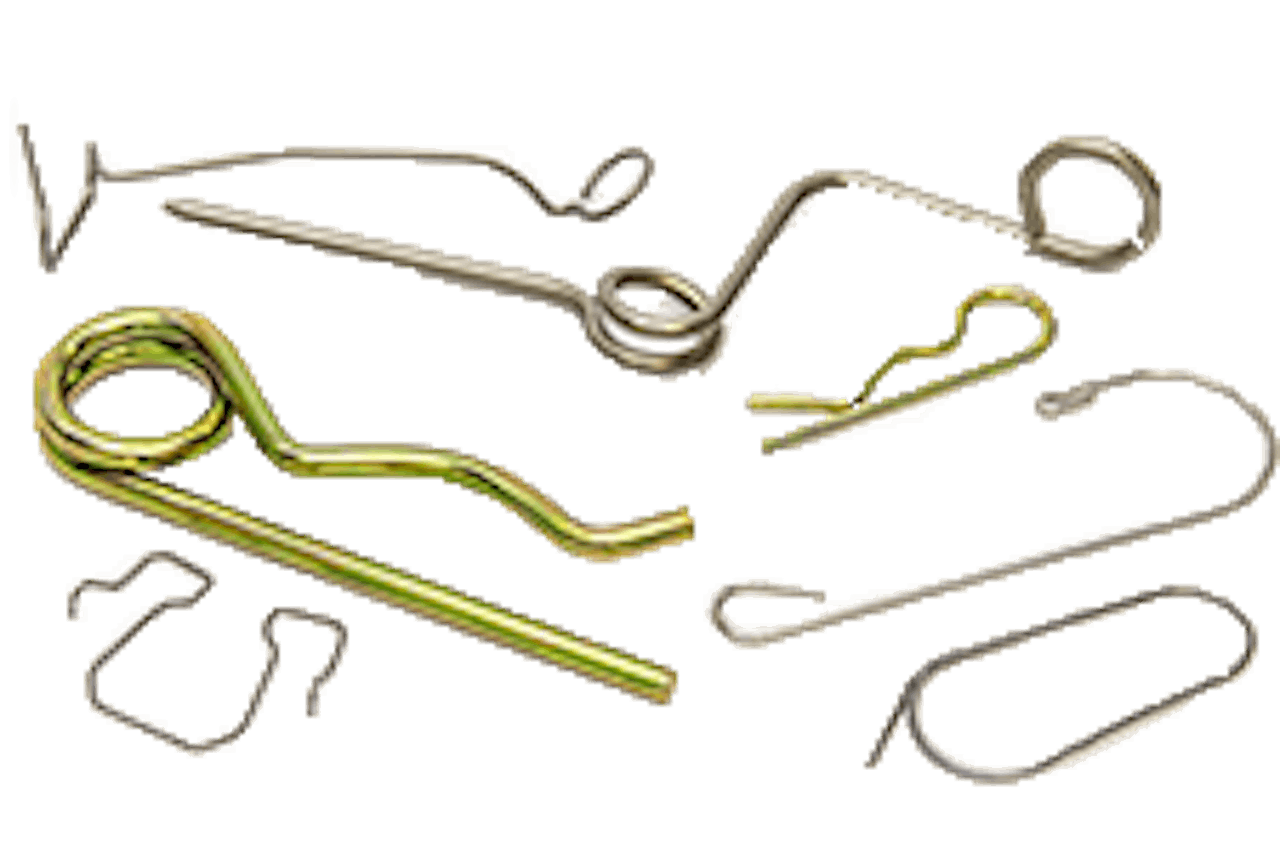MW Components manufactures custom retaining rings, also known as coiled rings, snap rings, round wire rings, circlips, square section rings, rectangular section rings, custom-shaped sections rings, or tapered section rings. Our snap rings are available in various end configurations for use in multiple applications.
There are two main types of snap and retaining rings—internal rings, which are assembled inside a cylinder where the ring fits inside a hole (or bore), and external rings, which are assembled on the outside of the shaft.
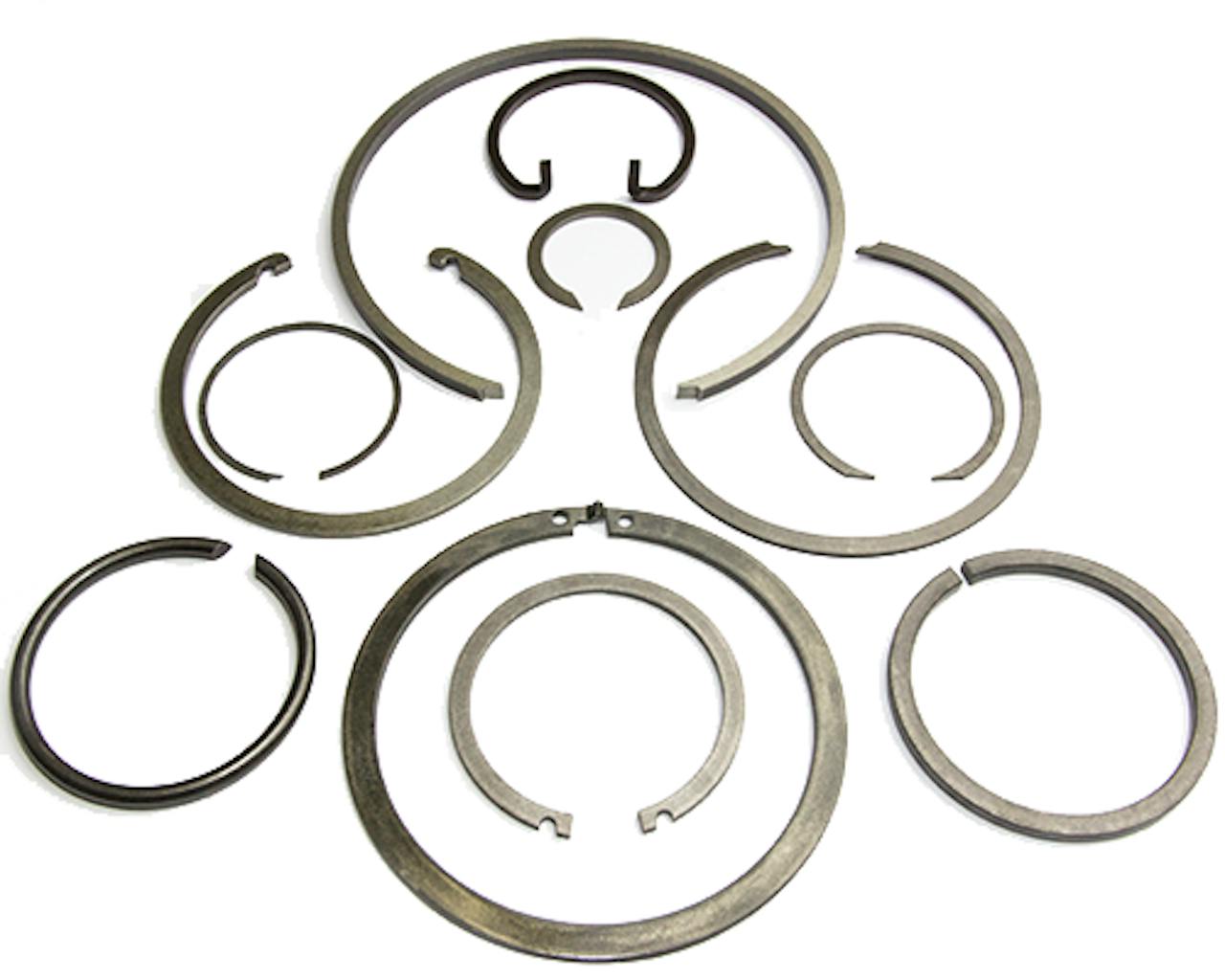
Quality & Service You Can Trust
"Excellent service. I appreciated the team being willing to work with me when I walked in the door. Best of all my order was delivered earlier than the initial estimate."
- Thomas Hill, Contour Forming
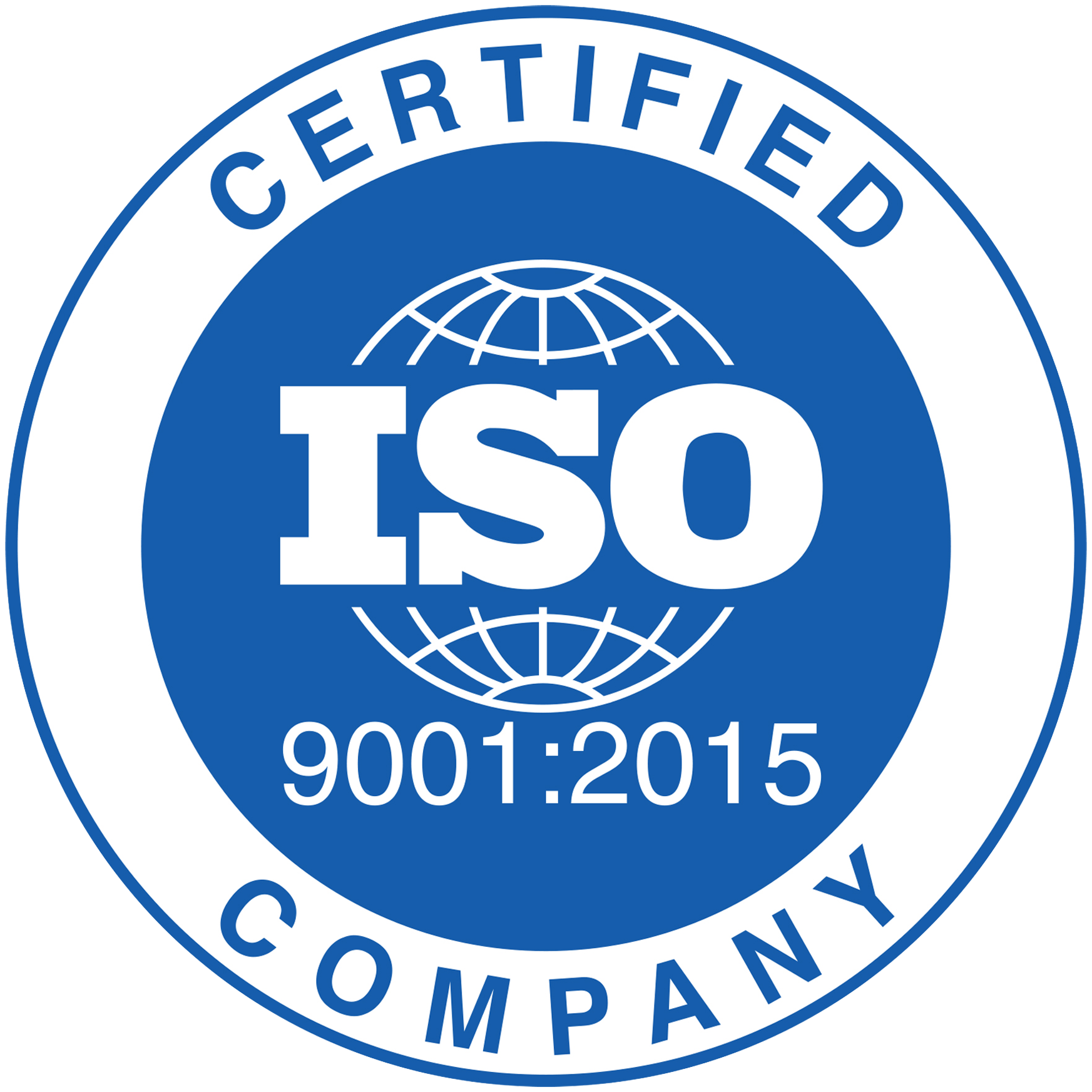
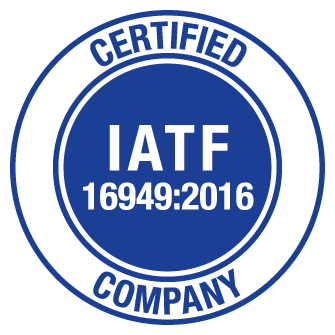
CUSTOM SNAP RING MANUFACTURING
Custom Retaining Rings
MW Components produces both internal retaining rings and external retaining rings from various materials for multiple applications and industries, including aerospace, agriculture, automotive, valves, industrial automation, and consumer products.
With 25+ specialized manufacturing facilities across the United States, we stock both industry-standard and specialty materials, including carbon steel, phosphor bronze, chrome silicon alloy steel, stainless steel, and others. In addition to working with a variety of materials, our engineering and manufacturing experts work with state-of-the-art machinery capable of producing snap rings in a variety of end configurations and sizing options, giving you a multitude of customization options for a specialized component.
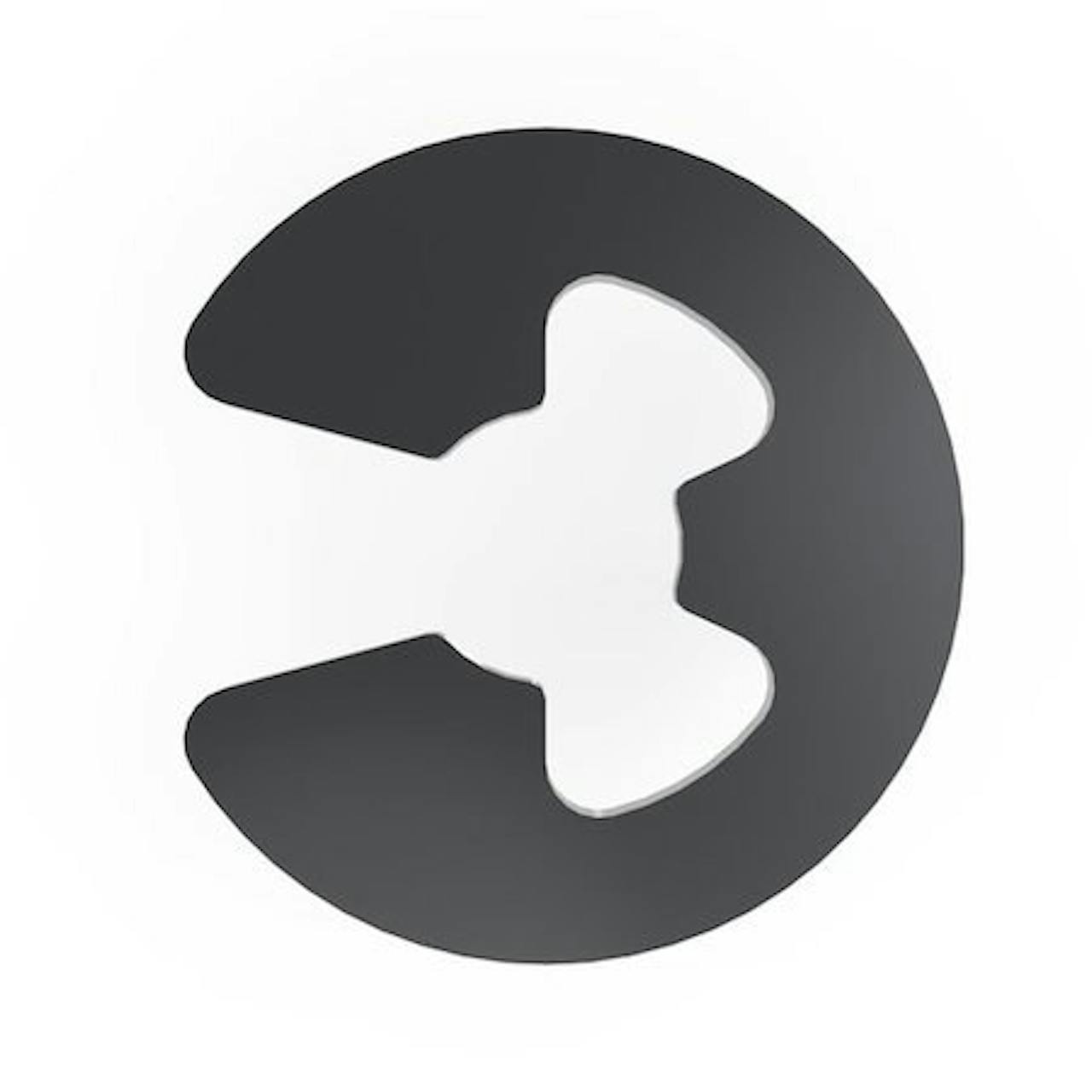
Product Overview: Snap Rings & Retaining Rings
Characteristics of Snap Rings
Retaining rings are designed for use on shafts or in bores. The ring is installed into a groove, thereby creating a shoulder to accurately position and retain other assembly components. The retaining shoulder is created when the ring attaches itself to the bore or shaft, typically by snapping into a groove. For more information, download the brochure.
Retaining Rings vs. Traditional Fasteners
The advantages of using retaining rings include their ease of assembly, low manufacturing cost, and positioning accuracy compared to traditional fasteners. Retaining rings only require a groove. This advantage over traditional fasteners requires threaded components, mating threaded holes, access holes, and counter-bores. Retaining rings function with a minimal amount of surface preparation to either the shaft or the housing.
